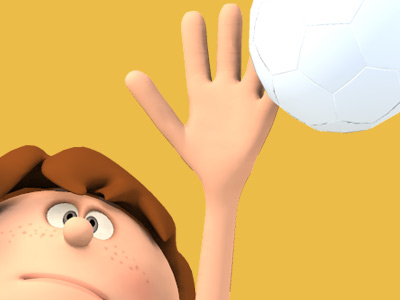Volleyball Team Play
Volleyball is essentially a game of transition from one of the above skills to the next, with choreographed team movement between plays on the ball. These team movements are determined by the teams chosen serve receive system, offensive system, coverage system, and defensive system.
The serve receive system is the formation used by the receiving team to attempt to pass the ball to the designated setter. Systems can consist of 5 receivers, 4 receivers, 3 receivers, and in some cases 2 receivers. The most popular formation at higher levels is a 3 receiver formation consisting of two left sides and a libero receiving every rotation. This allows middles and right sides to become more specialized at hitting and blocking.
Offensive systems are the formations used by the offense to attempt to ground the ball into the opposing court (or otherwise score points). Formations often include designated player positions with skill specialization. Popular formations include the 4-2, 6-2, and 5-1 systems. There are also several different attacking schemes teams can use to keep the opposing defense off balance.
Coverage systems are the formations used by the offense to protect their court in the case of a blocked attack. Executed by the 5 offensive players not directly attacking the ball, players move to assigned positions around the attacker to dig up any ball that deflects off the block back into their own court. Popular formations include the 2-3 system and the 1-2-2 system. In lieu of a system, some teams just use a random coverage with the players nearest the hitter.
Defensive systems are the formations used by the defense to protect against the ball being grounded into their court by the opposing team. The system will outline which players are responsible for which areas of the court depending on where the opposing team is attacking from. Popular systems include the 6-Up, 6-Back-Deep, and 6-Back-Slide defense. There are also several different blocking schemes teams can employ to disrupt the opposing teams offense.
Some teams, when they are ready to serve, will line up their other five players in a screen to obscure the view of the receiving team. This action is only illegal if the server makes use of the screen, so the call is made at the referees discretion as to the impact the screen made on the receivers ability to pass the ball. The most common style of screening involves a W formation designed to take up as much horizontal space as possible.
SPORTS

RESOURCES
This article uses material from the Wikipedia article "Volleyball", which is released under the Creative Commons Attribution-Share-Alike License 3.0.
© Stories Preschool. All Rights Reserved.









